How to Catch Crappie All Year Round
Crappie fishing represents one of America’s most beloved freshwater fishing traditions, captivating anglers with the challenge of pursuing these elusive panfish through changing seasons. These popular game fish, known for their delicate white flesh and spirited fight, require different approaches as water temperatures and behaviors shift throughout the year.
While many anglers focus solely on the famous spring spawn, those willing to adapt their techniques can experience productive crappie fishing during all four seasons. This comprehensive guide will walk you through proven strategies for locating and catching crappie regardless of the calendar date, helping you transform from a seasonal enthusiast to a year-round crappie specialist.
Understanding Crappie Behavior Fundamentals
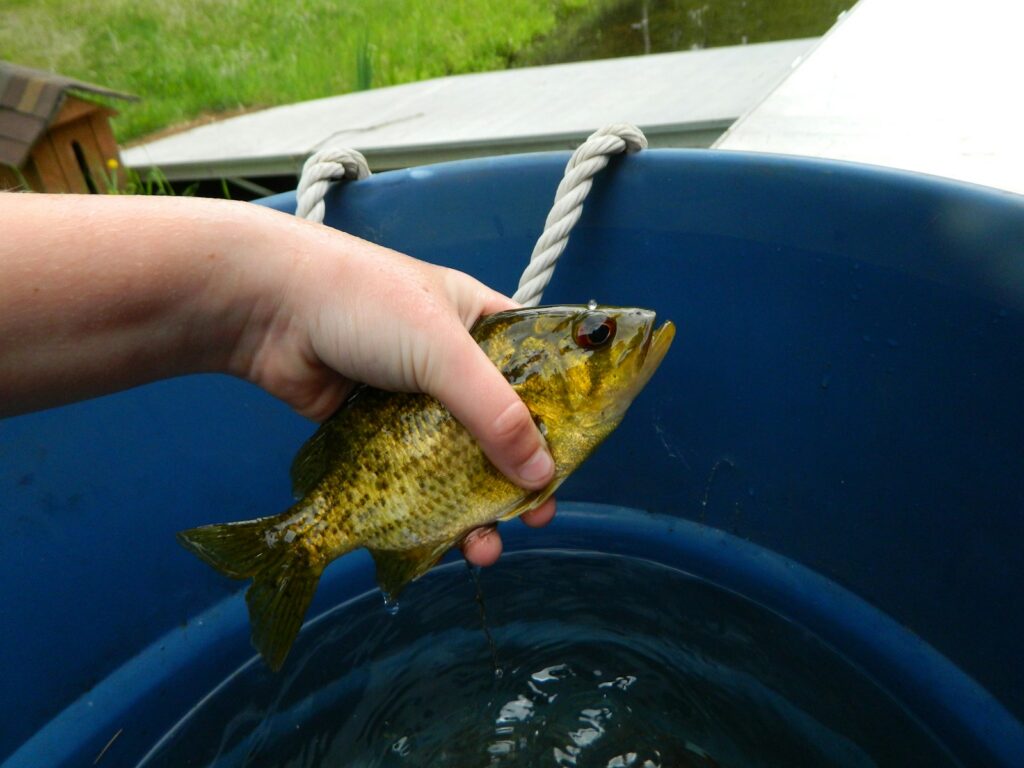
Successful year-round crappie fishing begins with understanding the fundamental behaviors that drive these popular panfish throughout the seasons.
Crappie are structure-oriented fish that relate closely to cover like brush piles, fallen trees, dock pilings, and submerged vegetation where they can ambush prey while remaining protected from predators. These schooling fish typically move and feed together, meaning once you locate one crappie, there’s a strong likelihood more are nearby. Their movements follow predictable patterns based primarily on water temperature, with seasonal migrations between shallow and deep water habitats occurring as they pursue comfortable conditions and feeding opportunities.
Perhaps most importantly, crappie exhibit distinct feeding windows during dawn and dusk when they become most active, making these prime times for fishing regardless of season.
Essential Gear for Year-Round Crappie Success
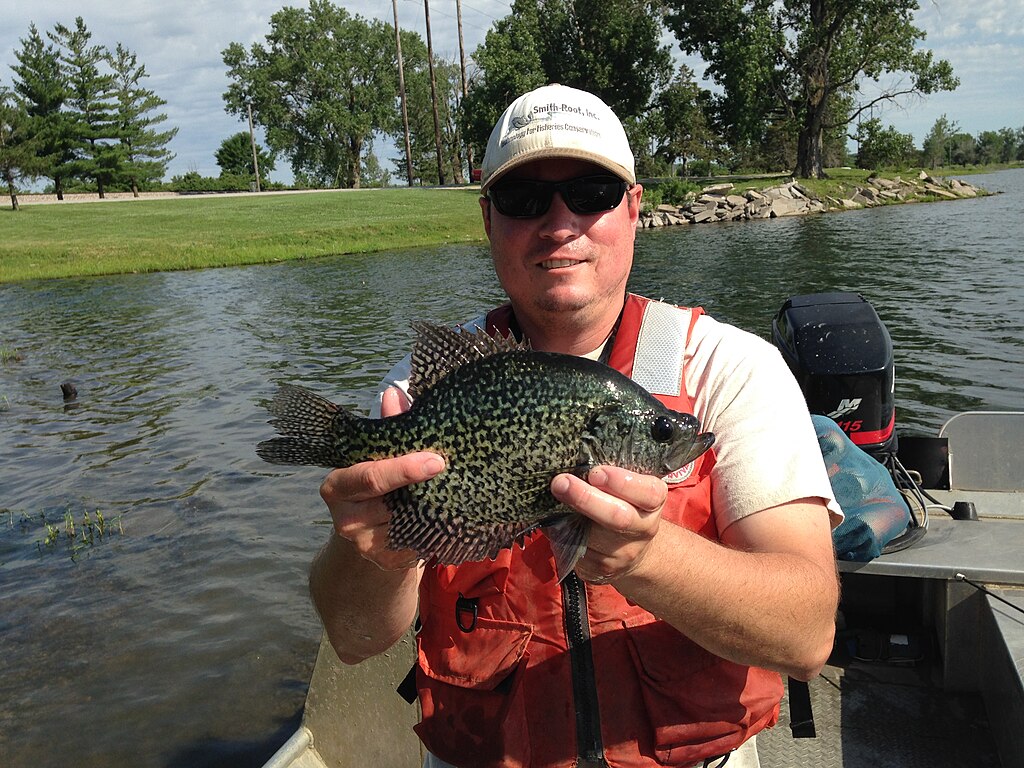
Equipping yourself with the right gear creates the foundation for year-round crappie success across diverse fishing conditions. Light to ultralight spinning tackle offers the sensitivity needed to detect subtle crappie bites, with 6-7 foot rods paired with quality reels spooled with 4-6 pound test monofilament or fluorocarbon line providing ideal balance.
Jig heads ranging from 1/32 to 1/8 ounce accommodate different depths and current conditions, while an assortment of plastic bodies including tubes, curly tails, and paddle tails in whites, chartreuse, and natural minnow patterns cover most presentations. Live bait enthusiasts should invest in a quality minnow bucket with aerator for keeping fathead or golden shiners lively throughout a fishing session.
Finally, quality electronics have become increasingly important for serious crappie anglers, with fish finders helping locate schools and underwater structure that would otherwise remain invisible from the surface.
Spring Crappie Tactics During the Spawn
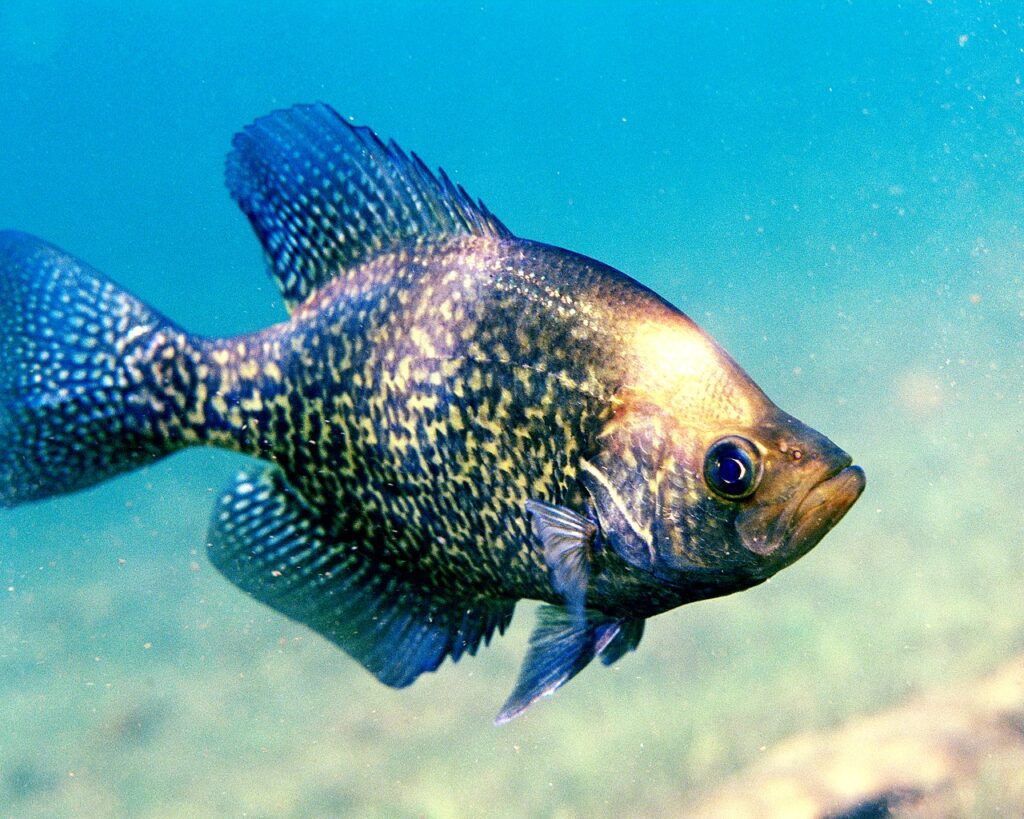
Spring represents the pinnacle of crappie fishing as water temperatures between 56-65°F trigger the annual spawning ritual that draws these fish into shallow, accessible waters. During pre-spawn, target transitional areas like creek channels and points adjacent to spawning flats where crappie stage before moving shallow.
As spawning begins, focus on protected coves, backwater bays, and shallow pockets with gravel or sandy bottoms where males create and guard nests in 1-6 feet of water. Small jigs worked slowly around visible cover like stumps, laydowns, and emerging vegetation will trigger strikes from territorial males, while larger females often hold slightly deeper on the first drop-off.
The spawn progresses from south to north within a body of water, allowing observant anglers to follow this movement and extend the prime fishing period by adjusting locations as the season develops.
Early Summer Patterns for Post-Spawn Crappie
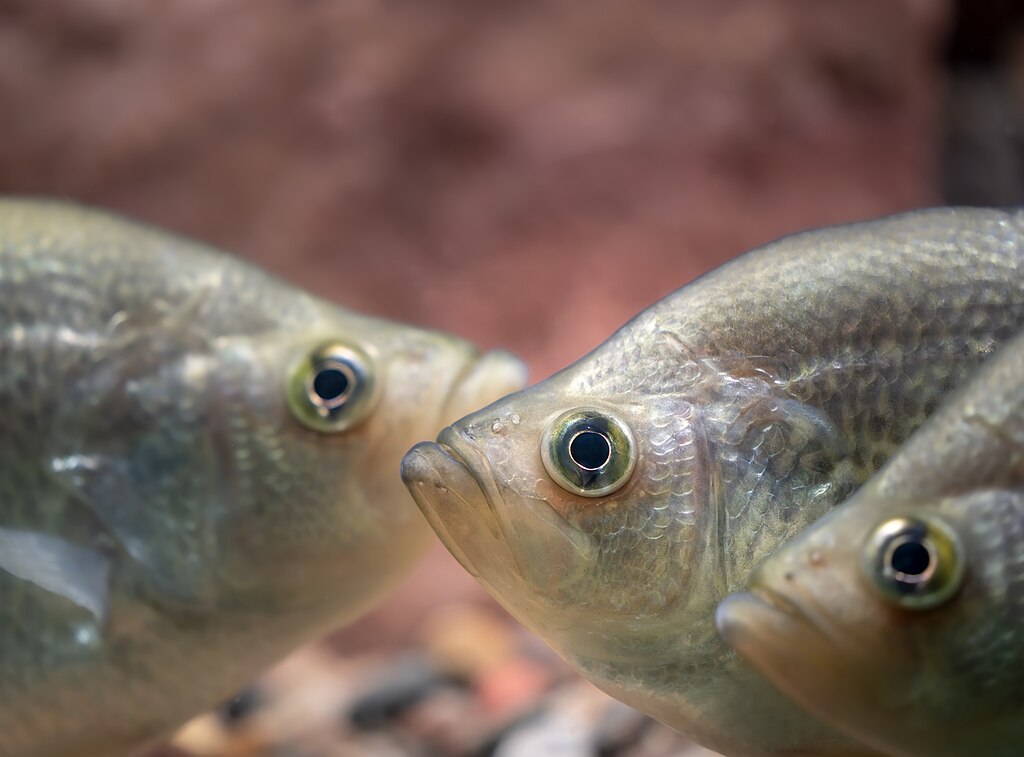
As water temperatures climb above 70°F following the spawn, crappie begin transitioning toward their summer patterns in a period that offers excellent but often overlooked fishing opportunities. Post-spawn crappie typically suspend around the first significant drop-offs adjacent to spawning areas, making main lake points, channel swings, and the outer edges of coves prime locations to investigate.
During this transition, crappie feed actively to recover from the spawning effort, with schools often suspending around submerged brush piles, bridge pilings, and standing timber in 8-15 feet of water. Spider rigging and slow trolling multiple jigs at various depths proves particularly effective during this period as it allows anglers to cover water efficiently while determining the precise depth where crappie are holding.
Early morning and evening hours become increasingly important as water temperatures rise, with feeding activity becoming more concentrated during these lower light periods.
Summer Deep Water Strategies
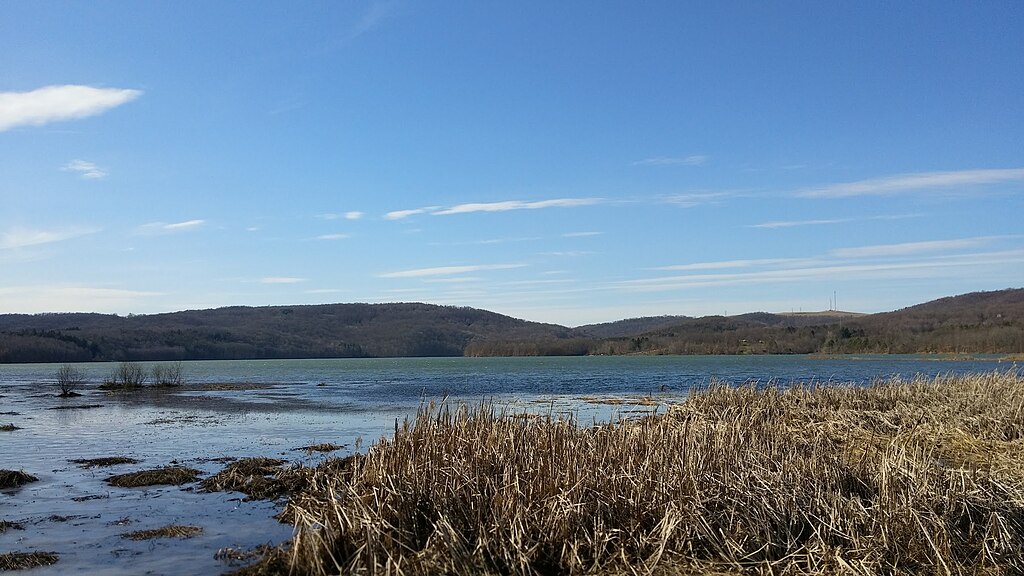
Summer heat drives crappie toward deeper, cooler water where they establish predictable patterns around structure in 15-30 feet of water, creating excellent opportunities for anglers willing to fish vertically. Main lake brush piles, deep dock structures, submerged timber, and offshore humps become primary holding areas where crappie seek comfortable temperatures while remaining near forage like shad and small baitfish.
Vertical jigging directly over these structures with sensitive electronics to mark both cover and fish becomes the preferred presentation, with tight-lining techniques allowing precise control of jig position. Night fishing emerges as a productive summer pattern as crappie often move shallower under darkness to feed more actively when water temperatures cool slightly.
Summer crappie tend to be less aggressive than during spring, making smaller offerings, slower presentations, and subtle color patterns more effective for enticing these deeper fish to strike.
Fall Crappie Locations and Movements
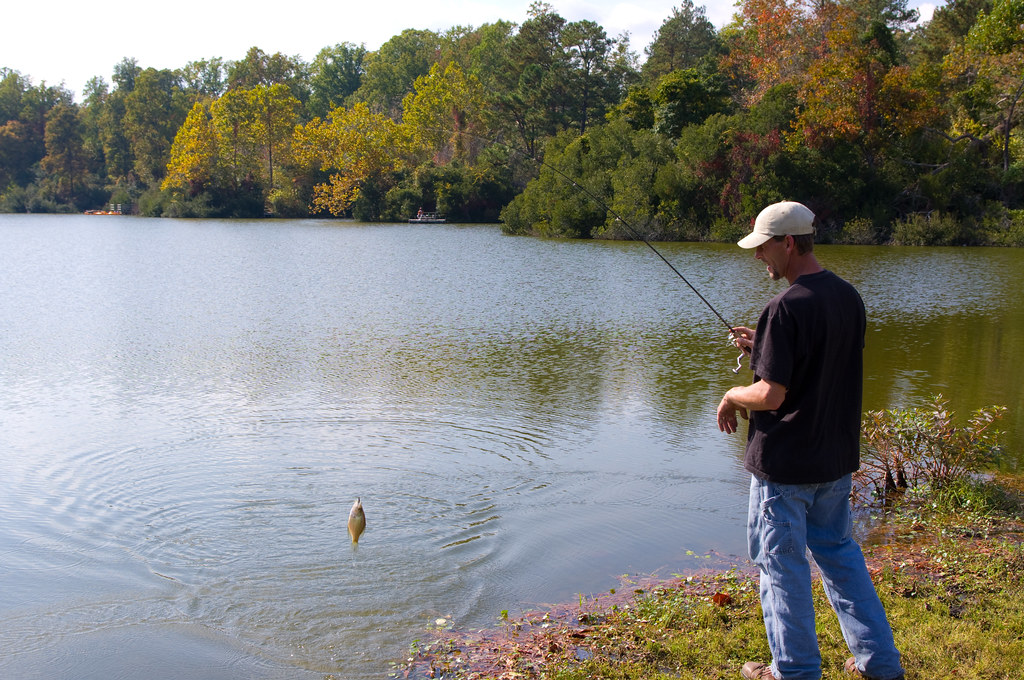
Fall creates a period of transition as cooling water temperatures between 55-65°F trigger crappie to become increasingly active while gradually moving from deep summer haunts toward shallower feeding areas. Early fall typically finds crappie still relating to deeper structure but becoming more aggressive in their feeding behavior as they sense the approaching winter.
As water continues cooling, these fish begin following baitfish schools toward creek arms, channels, and bays where they gorge on available forage. The middle portions of creeks and bays become particularly productive during this fall transition, with crappie often suspending around channel bends, points, and submerged brush in 8-15 feet of water.
This season features increased daytime feeding activity compared to summer, with schools often chasing shad and other baitfish throughout the day, creating opportunities for active fishing techniques rather than the stationary approaches summer requires.
Winter Crappie Fishing Fundamentals

Winter presents challenging but potentially rewarding crappie fishing as these fish adopt predictable deep water patterns in response to cold water temperatures between 38-45°F. During this season, crappie typically concentrate in the deepest available water within a system, often schooling tightly around structure like brush piles, channel ledges, and deep water drop-offs in 20-30+ feet of water.
These winter schools remain remarkably stationary during cold periods, meaning once located, they can be caught consistently from the same spot for weeks. Metabolism slows significantly in cold water, requiring anglers to downsize presentations dramatically with 1/32 or 1/64 ounce jigs paired with minimal plastic bodies or live minnows presented with extreme patience.
Electronics become absolutely essential for winter success, as visually identifying the precise location of both structure and fish eliminates unproductive water and allows for the direct vertical presentations these lethargic fish require.
Live Bait Techniques Throughout the Seasons

Live bait presentations maintain their effectiveness throughout the calendar year with seasonal adjustments to rigging and presentation methods enhancing success rates. Spring and fall typically allow for more active presentations with slip bobbers suspending minnows at specific depths while allowing natural movement that triggers strikes from aggressive fish.
Summer and winter generally require more stationary approaches, with tight-lining minnows directly below the boat allowing precise depth control when targeting suspended or deep structure-oriented crappie. Minnow size selection should follow seasonal patterns – smaller 1-1.5 inch minnows work best during winter and summer when crappie seek smaller offerings, while larger 2-3 inch minnows often trigger more strikes during spring and fall feeding periods.
Hooking methods should also adjust seasonally, with lip-hooking allowing more natural movement during active periods, while hooking through the back provides more durability when deadsticking during colder months.
Artificial Lure Selection Across Seasons
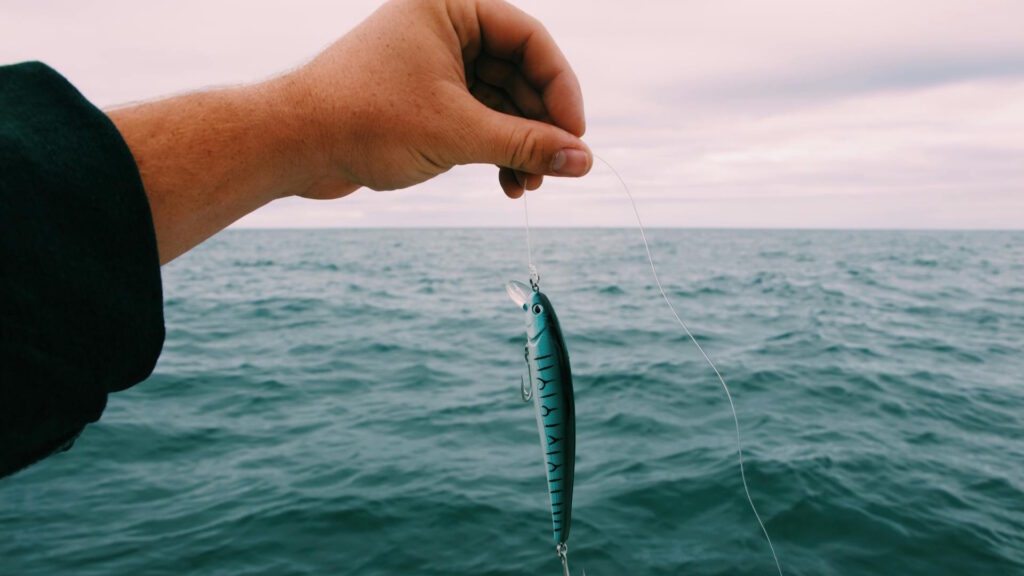
Artificial lures provide versatility for year-round crappie fishing when selections and presentations adjust to match seasonal conditions and fish behavior patterns.
Spring calls for larger profile soft plastics in bright colors like chartreuse, pink, and white that remain visible in often stained spawning areas, with 1/16-1/8 ounce jigheads providing adequate weight for shallow presentations.
Summer and winter demand more subtle approaches with smaller profiles in natural colors like smoke, pearl, and light blue on lighter 1/32-1/16 ounce heads that fall slowly through the water column.
Fall represents a transition period where medium-sized offerings in shad patterns often produce best results as crappie target baitfish schools.
Beyond size and color, action modifications prove equally important, with aggressive rod movements working during warm water periods while subtle, nearly motionless presentations often trigger more strikes when water temperatures drop below 50°F.
Spider Rigging for Multiple Seasons
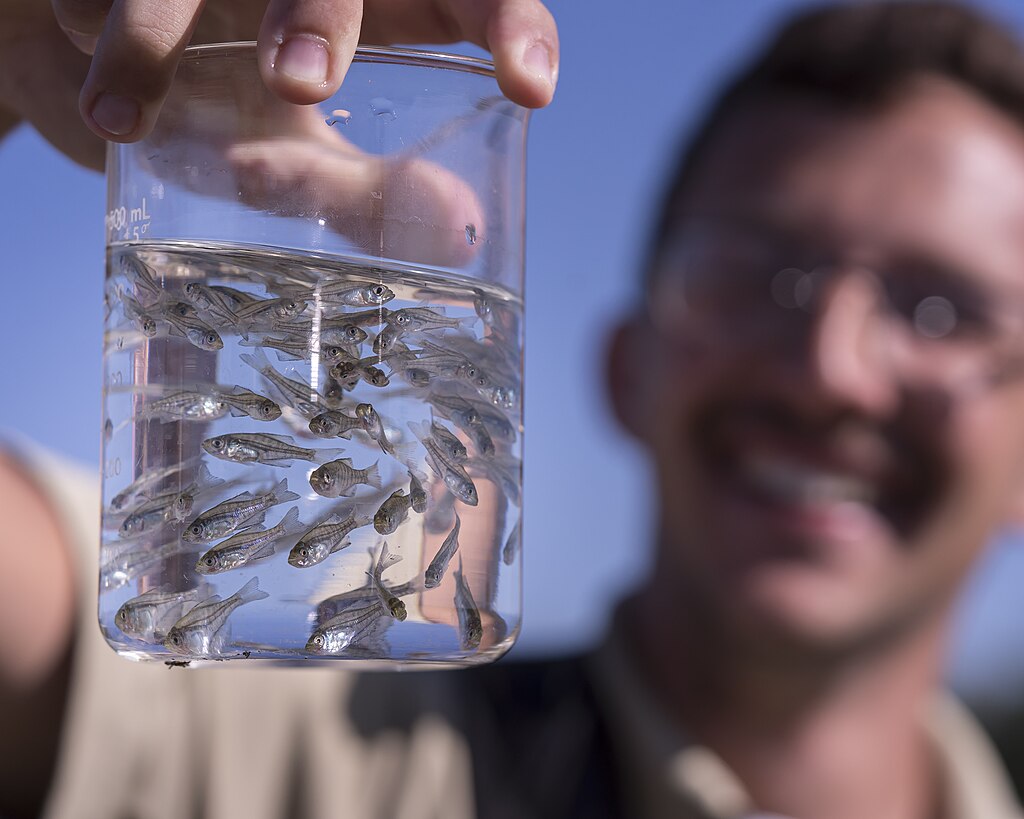
Spider rigging, the technique of deploying multiple rods from specialized rod holders across the bow of a boat, represents one of the most versatile and productive approaches for targeting crappie throughout changing seasons. This systematic approach allows anglers to present multiple baits at various depths simultaneously, essentially creating a curtain of offerings that helps identify the precise depth and presentation crappie prefer on any given day.
Spring spider rigging typically involves pushing jigs or minnows through shallow flats and along creek channels where pre-spawn and spawning crappie congregate. Summer and winter setups generally involve slower trolling speeds with lines deployed more vertically to target specific depth ranges where suspended schools hold tight to structure.
The ability to cover water efficiently while maintaining precise depth control makes spider rigging particularly valuable during transitional periods when crappie locations remain uncertain and scattered across different depths.
Night Fishing Strategies for Summer and Fall

Night fishing offers exceptional opportunities for targeting crappie during warm weather periods when daytime activity may become sluggish due to heat and recreational boat traffic. During summer nights, crappie often move from deep daytime sanctuaries toward shallower structure to feed, with lighted docks, bridge pilings, and shallow brush piles becoming prime targets between sunset and sunrise.
Submersible green fishing lights prove particularly effective for attracting both baitfish and crappie to specific areas, creating artificial feeding zones that concentrate fish activity. Fall nights continue this pattern with schools often pushing into creek arms and shallow flats under darkness to capitalize on baitfish movements. Small minnows suspended under slip bobbers around illuminated areas typically outperform artificial offerings during night sessions, though glow-in-the-dark jigs and soft plastics can produce when worked slowly through lighted zones.
Beyond the fishing advantages, night sessions offer peaceful experiences away from daytime recreational traffic and summer heat that many dedicated crappie anglers come to prefer.
Using Electronics to Locate Year-Round Crappie
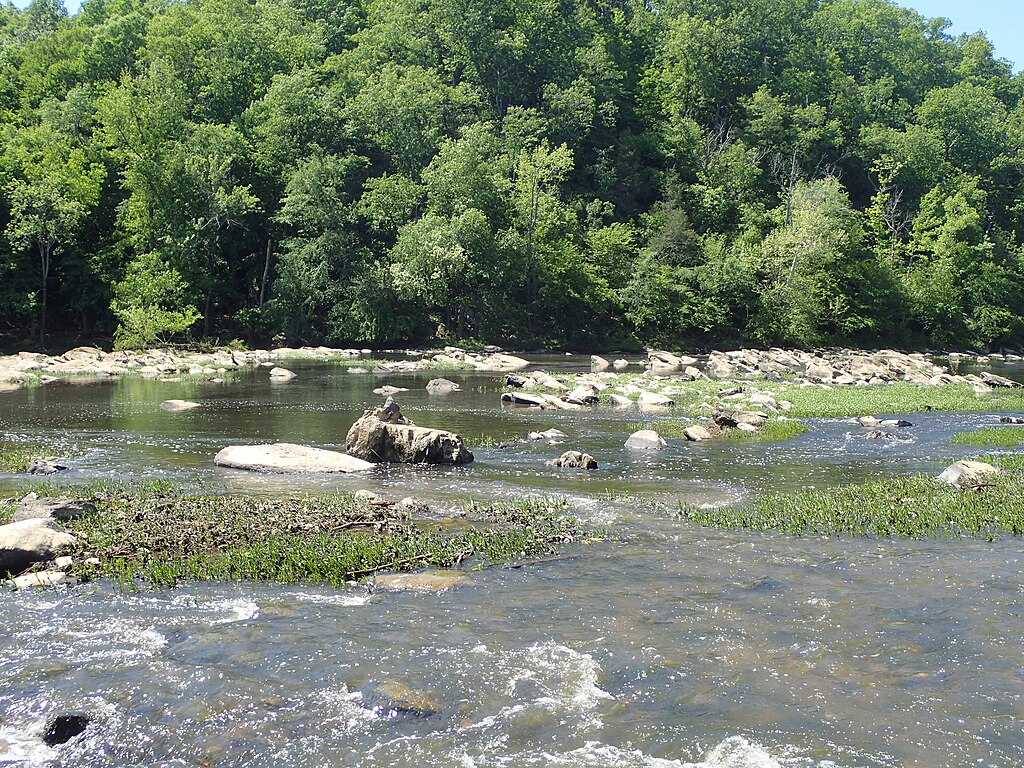
Modern electronics have revolutionized crappie fishing by removing much of the guesswork in locating both structure and fish throughout changing seasonal patterns. Traditional 2D sonar remains valuable for identifying depth changes, brush piles, and suspended schools, while down imaging provides clearer visual representations of structure that help distinguish between cover types and fish positioning.
Side imaging technology extends this visibility laterally from the boat, allowing anglers to scan large areas efficiently to locate offshore structure that would otherwise remain hidden. Many serious crappie anglers now employ forward-facing sonar that provides real-time underwater views of structure, fish position, and even lure presentation, dramatically increasing efficiency when targeting specific brush piles or suspended schools.
Learning to interpret these electronic readings across seasons becomes a critical skill, with understanding the different appearance of tight winter schools versus scattered summer fish allowing anglers to quickly recognize productive patterns as conditions change throughout the year.
Weather Impact on Crappie Behavior
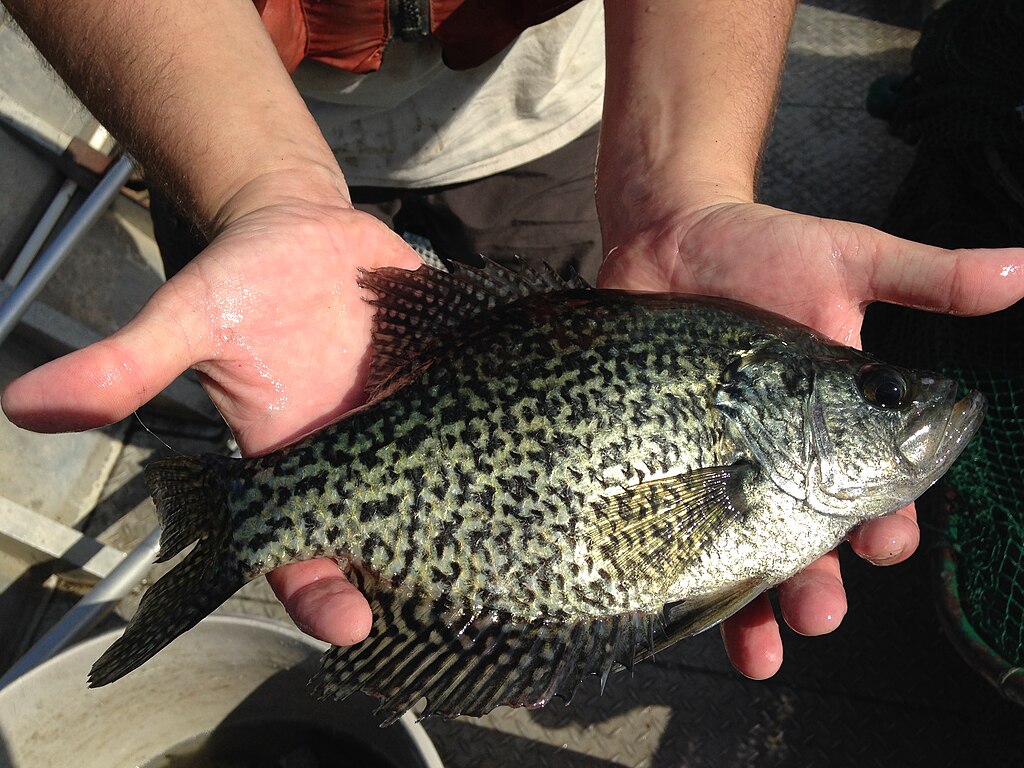
Weather patterns significantly influence crappie behavior across all seasons, with successful anglers learning to anticipate and adapt to these changes rather than fighting against them. Stable weather generally produces the most consistent fishing regardless of season, with crappie establishing predictable patterns during periods of steady barometric pressure. Approaching cold fronts often trigger feeding frenzies as crappie sense the coming pressure change, creating excellent pre-frontal fishing opportunities before conditions deteriorate.
Post-frontal periods typically prove challenging across all seasons as rising pressure and clear conditions push crappie tighter to cover and reduce their feeding activity, requiring downsized presentations and extreme patience. Wind direction and intensity also impact success rates by affecting water clarity, temperature, and oxygen levels, with moderate winds creating advantageous feeding conditions along windblown shorelines and points where baitfish concentrate.
Recognizing these weather-related behavior patterns allows adaptable anglers to modify their approach accordingly, turning potentially difficult days into productive outings by matching techniques to conditions.
Conclusion
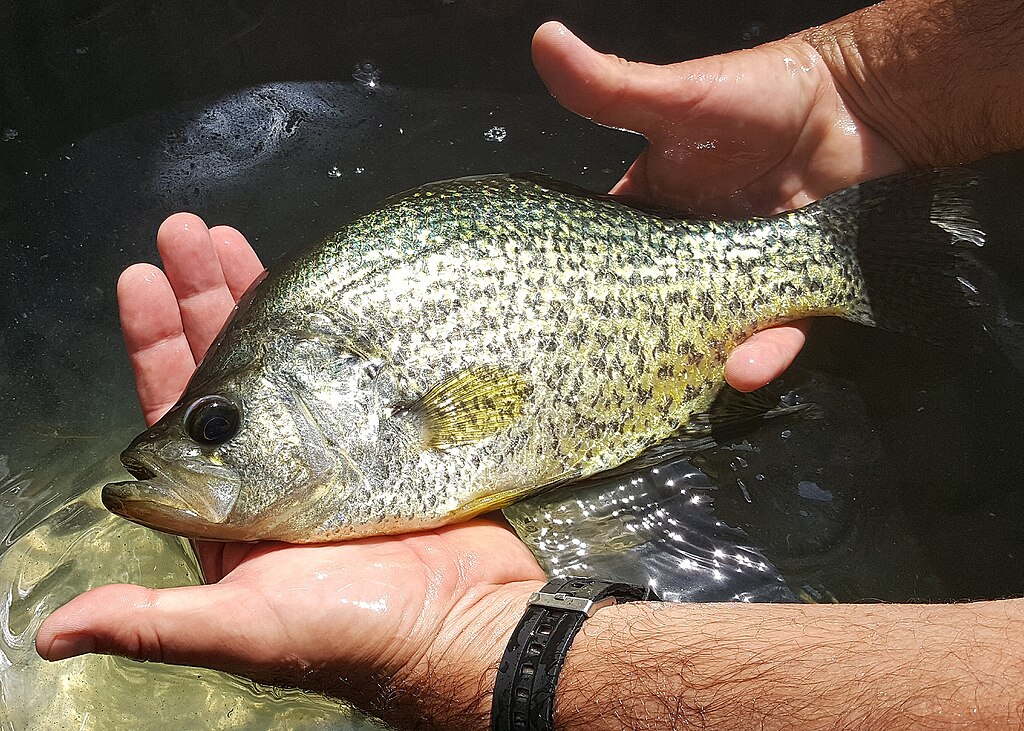
Year-round crappie fishing success comes from understanding these fish not as seasonal targets but as creatures constantly adapting to their changing environment. By matching your techniques to their behavioral patterns across the calendar, you’ll discover productive fishing opportunities regardless of season.
The techniques outlined here provide a foundation for developing your personal year-round crappie strategy, but the greatest learning comes through on-the-water experience as you observe how these patterns manifest in your local waters. Whether pursuing shallow spring spawners, deep summer schools, or tight winter concentrations, the reward remains the same – the distinctive tap of a crappie strike followed by the satisfaction of bringing these beautiful panfish to hand.
With practice and persistence, you’ll join the ranks of dedicated crappie specialists who no longer put away their gear when traditional “crappie season” ends.

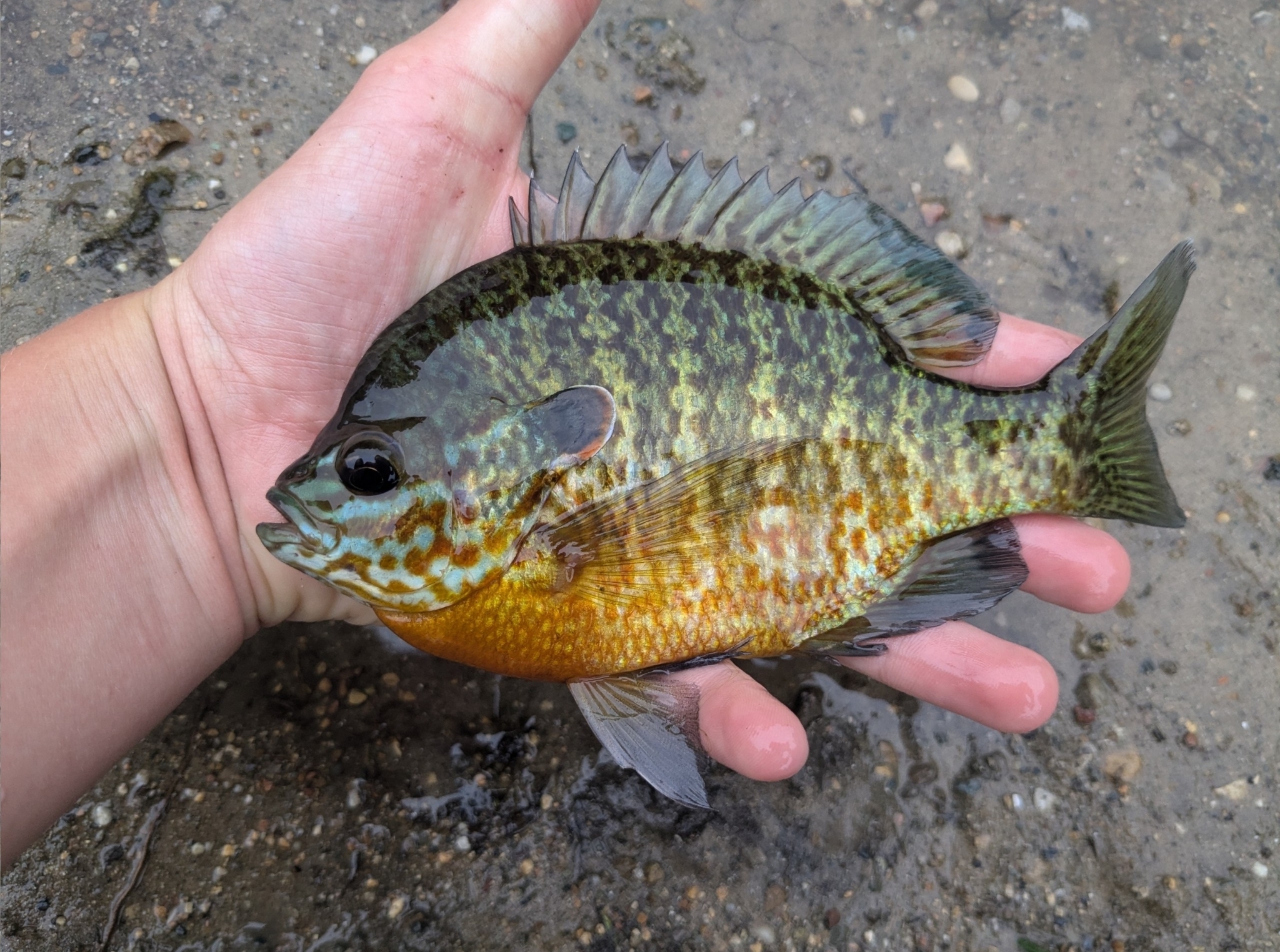

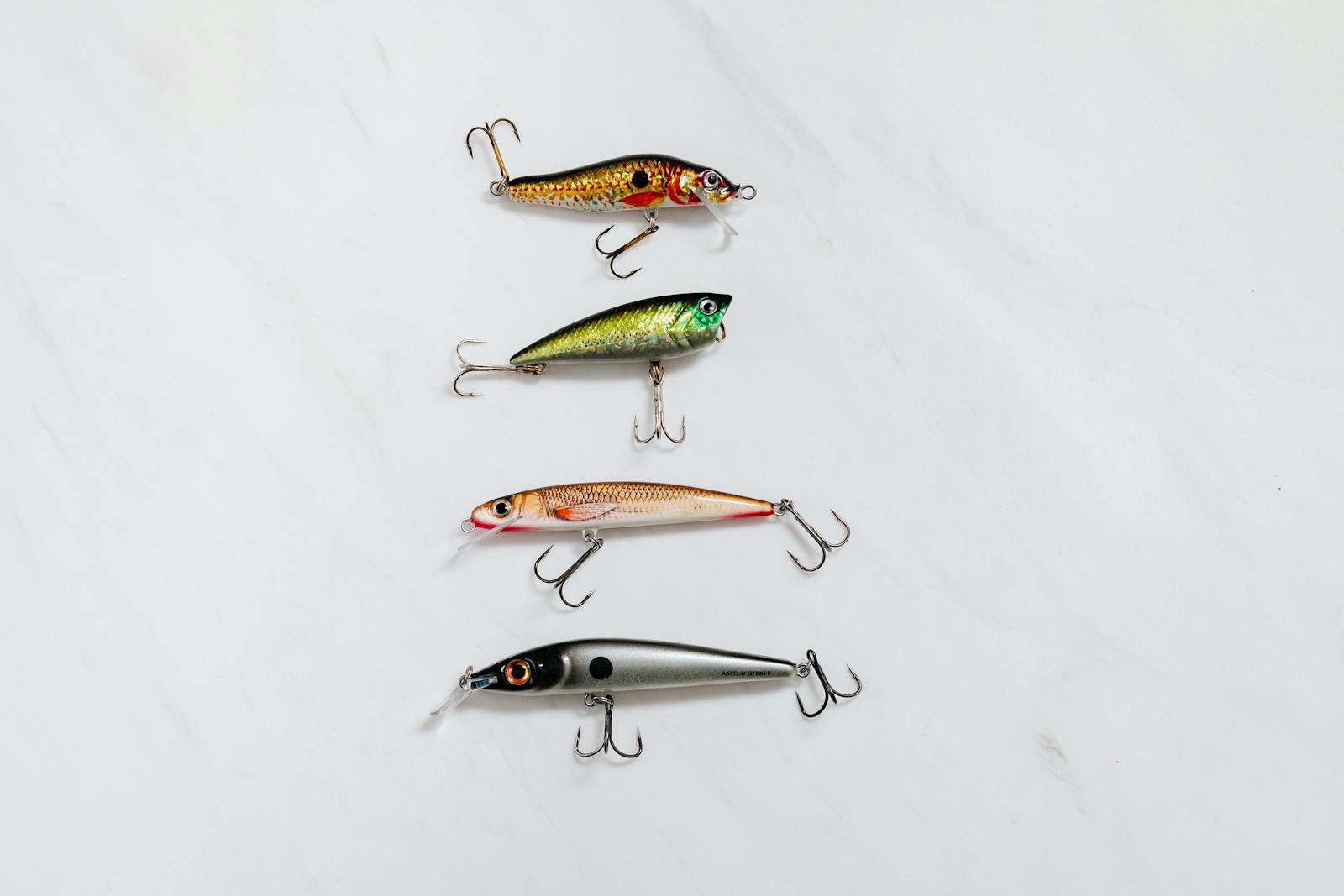










Post Comment